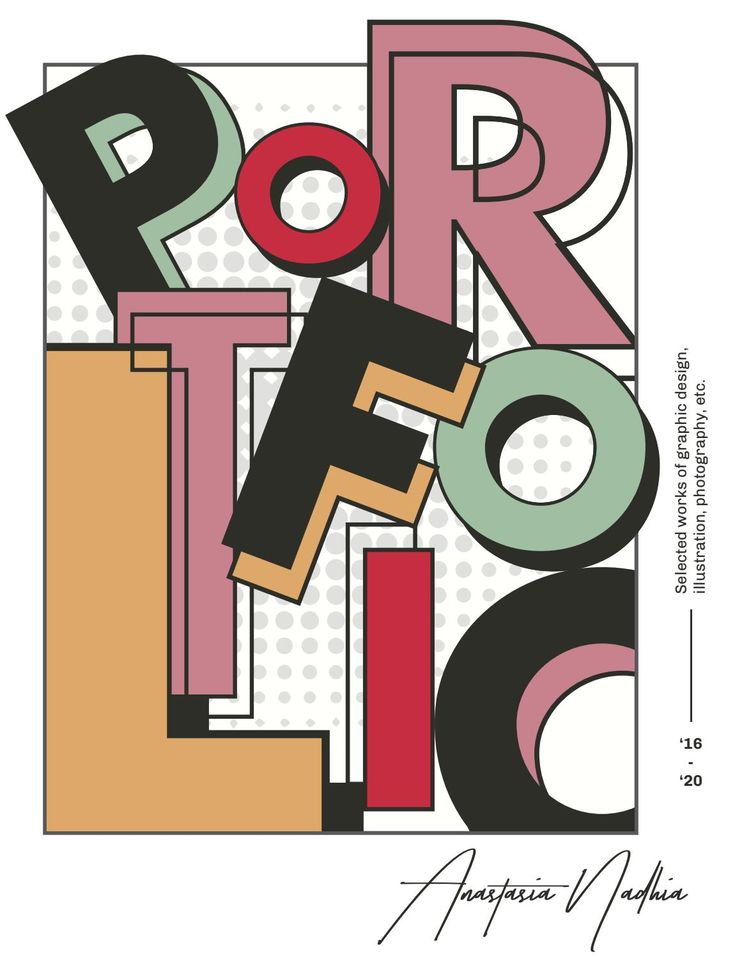Graphic design is a dynamic and creative field that requires a blend of artistic talent, technical proficiency, and strategic thinking. Whether you’re an aspiring graphic designer or looking to refine your skills, mastering certain essential abilities will help you stand out in the industry. Here are the key skills every graphic designer must have:
1. Creativity and Artistic Sense
Graphic designers must think outside the box to create visually appealing designs that communicate messages effectively. Having a strong sense of aesthetics, color theory, and composition is essential for creating compelling graphics.
2. Proficiency in Design Software
A graphic designer should be skilled in industry-standard design tools, including:
- Adobe Photoshop – For image editing and digital painting.
- Adobe Illustrator – For vector-based design and illustrations.
- Adobe InDesign – For creating layouts, brochures, and print materials.
- Figma & Sketch – For UI/UX and web design projects.
3. Typography Skills
Understanding typography is crucial for creating readable, visually appealing designs. A designer should know how to select fonts, adjust spacing, and create a hierarchy to enhance readability and impact.
4. Color Theory and Layout Design
Knowing how to use colors effectively can evoke emotions and enhance brand identity. A graphic designer must also understand composition, balance, and grid systems for structuring designs harmoniously.
5. Branding and Marketing Knowledge
Graphic designers play a vital role in branding. They should understand brand identity, logo design, and marketing principles to create visuals that align with a company’s messaging and target audience.
6. UX/UI Design Principles
With the rise of digital platforms, having a basic understanding of UX (User Experience) and UI (User Interface) design is beneficial. This includes designing intuitive website layouts, mobile interfaces, and interactive elements.
7. Communication Skills
Graphic designers must be able to communicate ideas clearly—both visually and verbally. Understanding client needs and presenting design concepts effectively are key components of successful projects.
8. Time Management and Organization
Meeting deadlines is crucial in graphic design, especially when handling multiple projects. Strong organizational skills help designers manage their workflow efficiently without compromising quality.
9. Attention to Detail
A great graphic designer pays close attention to small details, ensuring consistency, alignment, and precision in every element of their design.
10. Adaptability and Continuous Learning
Trends in graphic design constantly evolve. Staying updated with new tools, design techniques, and industry trends is essential for maintaining relevance and competitiveness.
Conclusion
Becoming a successful graphic designer requires a mix of creative and technical skills. By mastering design software, understanding branding and UX/UI principles, and refining your artistic abilities, you can create impactful visuals that resonate with audiences. Keep learning, experimenting, and pushing creative boundaries to excel in this exciting field!

